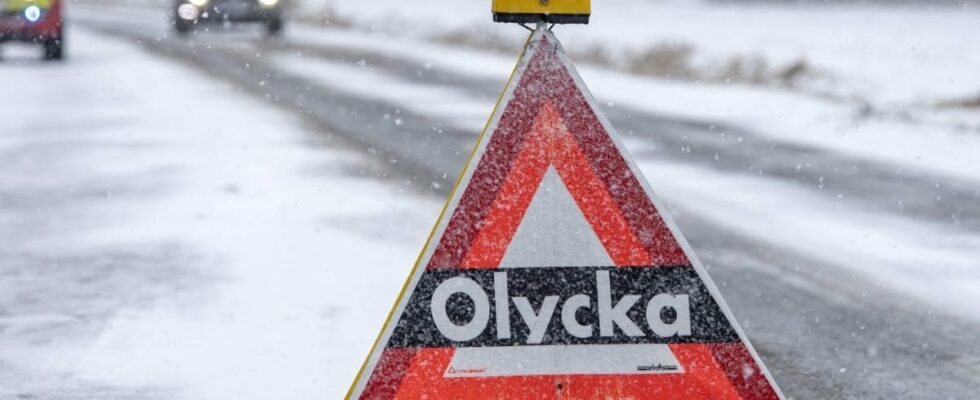A classic Swedish rule of thumb to avoid accidents when driving is the three-second rule.
The rule means that you must keep a distance of three seconds to the car in front, in order to have time to react if something happens.
However, a new piece of advice for motorists goes against the classic rule, reports Sweden’s Radio P4 Västerbotten.
DON’T MISS: Our podcast about cars – Under the Hood
New advice for motorists
The criticism comes from Magnus Holmberg at the Umeå Traffic Safety Center in Hörnefors, who believe that three seconds is not enough on slippery winter roads.
– The three-second rule does not hold in winter, he says to SR.
If the three-second rule should not be followed in winter, one may wonder how far a distance one should really keep.
According to Magnus Holmberg, the answer is that approximately double the distance is adequate. In other words, you must leave a distance of six seconds to the car in front when driving on winter roads.
DON’T MISS:
Crisis after lower petrol prices – empty pumps at several supermarkets
New Taxi rules after the New Year – passengers and drivers are affected
Reduce speed on slippery roads
Magnus Holmberg also points out that the posted speeds along our roads are based on dry summer road conditions, and that it is therefore reasonable to slow down in winter.
To demonstrate this, an SR reporter gets to try driving on the toboggan run with the same margins as in the summer, and try to make way for a moose obstacle at 40 km/h. The result is a collision.
With the speed reduced to 30 km/h, the reporter manages to steer around the moose obstacle.
Holmberg also says that in winter it is especially important to make sure that the rear lights are on even in daylight. Many cars with automatic low beams have difficulty detecting if visibility becomes poor, for example due to fog or snow.
DON’T MISS:
We had dinner with Post Malone – that was it
Dangerous mistake that 9 out of 10 cyclists make
